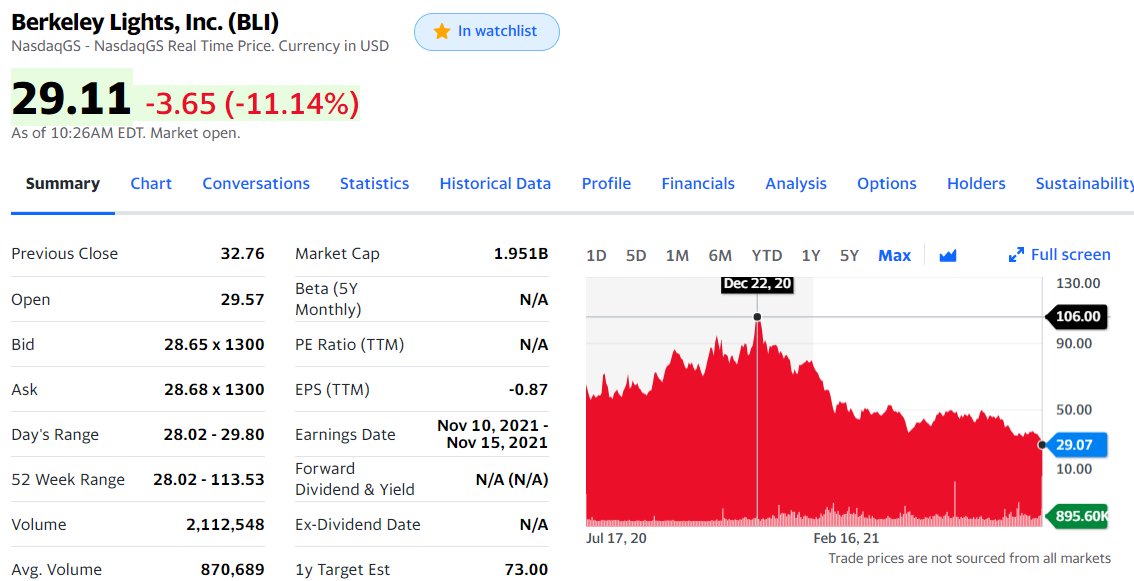
Oxford @nanopore vs #Illumina #NovaSeq: how far away are they from each other?
I followed with attention the recent PromethION updates, both in terms of new flowcells, with denser pore surfaces, and software and reagents, with the Q20+ basecalling.
I followed with attention the recent PromethION updates, both in terms of new flowcells, with denser pore surfaces, and software and reagents, with the Q20+ basecalling.
It is reasonable to assume that the rollout of the Q20+ updates will be commonplace in the next few months, which means that there is only another decimal in base calling accuracy to put the ONT technology on par with Illumina short-reads. Oxford Nanopore has already announced...
... their work and preliminary results for their updated dual strand base calling, and the modal shows a peak near Q30, which means there wouldn't be much to debate anymore when it comes to per-base accuracy between the two technologies.
In terms of throughput, the two instruments, i.e. the Oxford Nanopore PromethION 48 and the NovaSeq 6000 are already fairly matched against each other. The max theoretical throughput per day of both is similar, and the flexibility of flowcell number/size also makes them on par.
Beyond the original PromethION 24 and 48 models, Oxford Nanopore also announced new versions of the same platform in the PromethION P2 and P2 Solo, which mean they will be encroaching into Illumina's midsize market where the NextSeqs are dominant.
So what's there left to achieve for the PromethION and GridION systems so that they can be used in research projects and clinical applications instead of Illumina systems?
As these are nanopores that can produce long reads, they compete against Illumina and PacBio in markets where fully phased assembled genomes are an advantage over short-read mapping. Most prominently this is the case in neonate genome sequencing.
There are other markets that have been established with short-reads, or are being established as a short-reads NGS market, such as NIPT or Liquid Biopsy Cancer Screening, where the starting DNA material is short and doesn't immediately benefit from long read technology.
In these cases, Q-scores but mainly throughput are king, so methods to pre-treat the short DNA fragments into tagged concatenated dsDNA may mean the ONT technology has an advantage.
If this concatenation is achieved in a PCR-free manner, then the fact that ONT can natively read 5mC methylation (and other modified bases) means there is a path forward to turn the current Liquid Biopsy Cancer Screening assays based on epigenomic profiling into ONT-based assays.
What is needed for these improvements? A lot of these are related to sample prep, high plexing of samples, and the robustness of the ONT instruments to perform within a window of operation every time they are used.
• • •
Missing some Tweet in this thread? You can try to
force a refresh








